ZHCSFF5G July 2016 – December 2019 TPS2660
PRODUCTION DATA.
- 1 特性
- 2 应用
- 3 说明
- 4 修订历史记录
- 5 Device Comparison Table
- 6 Pin Configuration and Functions
- 7 Specifications
- 8 Parameter Measurement Information
-
9 Detailed Description
- 9.1 Overview
- 9.2 Functional Block Diagram
- 9.3
Feature Description
- 9.3.1 Undervoltage Lockout (UVLO)
- 9.3.2 Overvoltage Protection (OVP)
- 9.3.3 Reverse Input Supply Protection
- 9.3.4 Hot Plug-In and In-Rush Current Control
- 9.3.5 Overload and Short Circuit Protection
- 9.4 Device Functional Modes
-
10Application and Implementation
- 10.1 Application Information
- 10.2
Typical Application
- 10.2.1 Design Requirements
- 10.2.2 Detailed Design Procedure
- 10.2.3 Application Curves
- 10.3 System Examples
- 10.4 Do's and Don'ts
- 11Power Supply Recommendations
- 12Layout
- 13器件和文档支持
- 14机械、封装和可订购信息
7.7 Typical Characteristics
–40°C ≤ TA = TJ ≤ +125°C, V(IN) = 24 V, V(SHDN)= 2 V, R(ILIM) = 120 kΩ, IMON = FLT = OPEN, C(OUT) = 1 μF, C(dVdT) = OPEN. (Unless stated otherwise)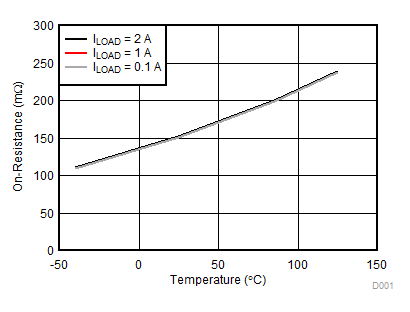
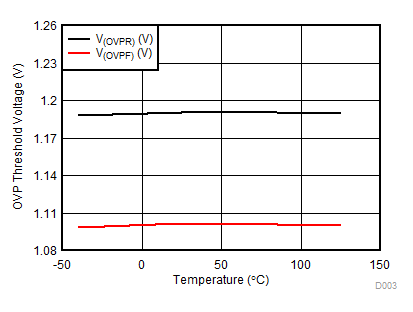
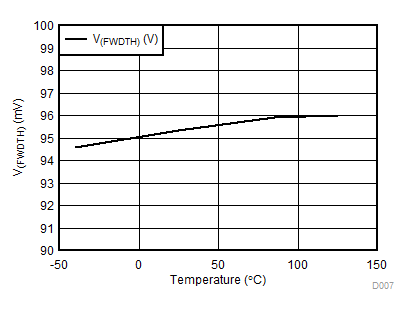
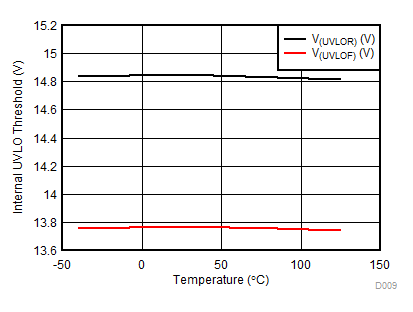
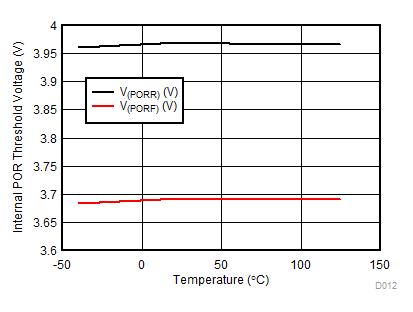
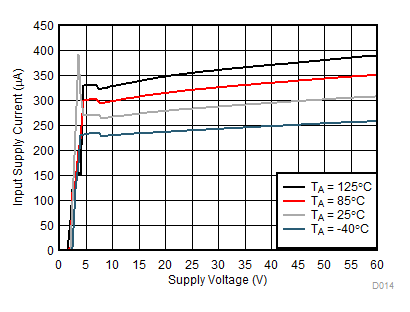
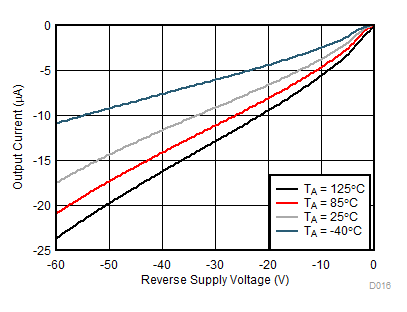
| V(OUT) = 0 V |
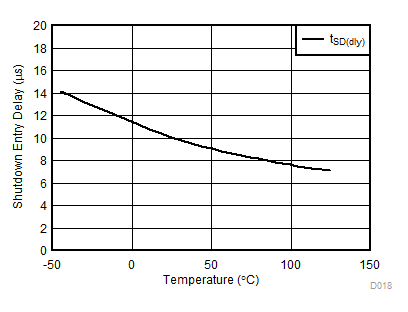
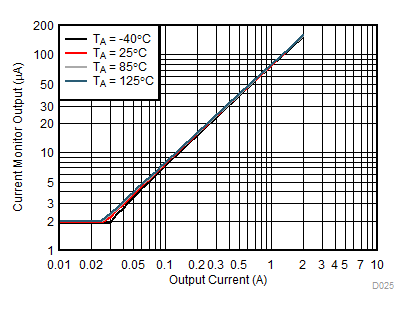
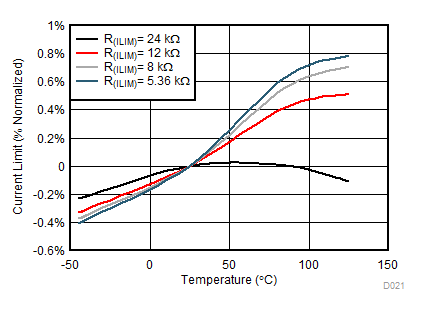
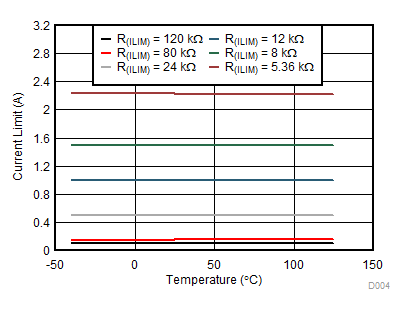
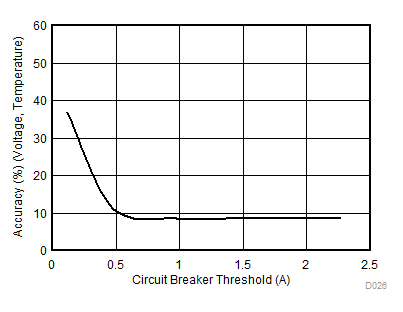
1.
Figure 23. Circuit Breaker Threshold Accuracy vs Circuit Breaker Threshold I(CB) 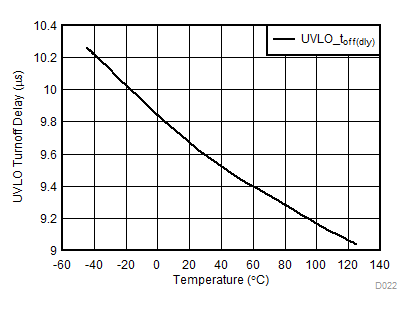
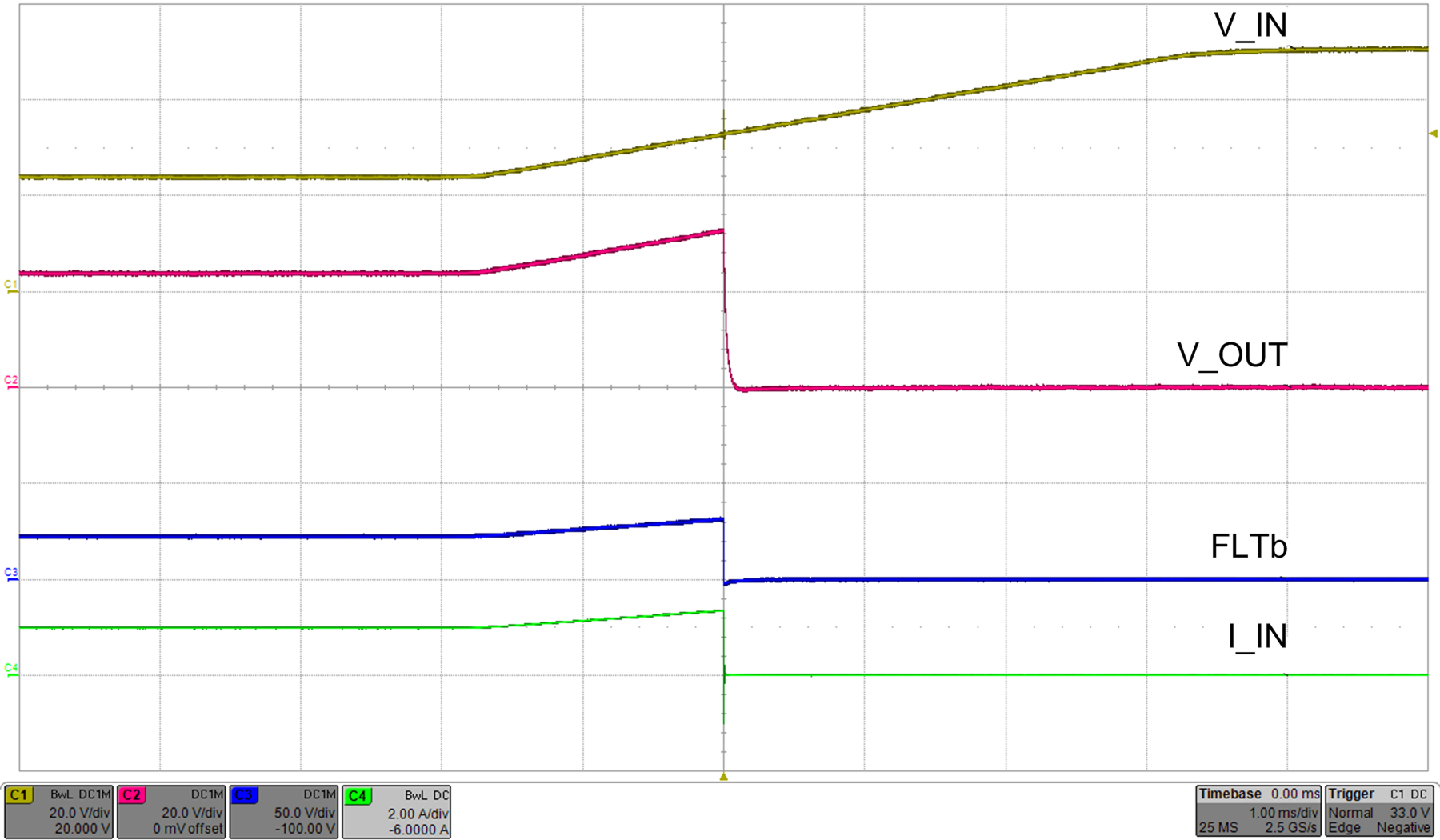
| RILIM = 5.36 kΩ | OVP Connected to RTN | RFLTb = 100 kΩ | RLOAD = 24 Ω | |
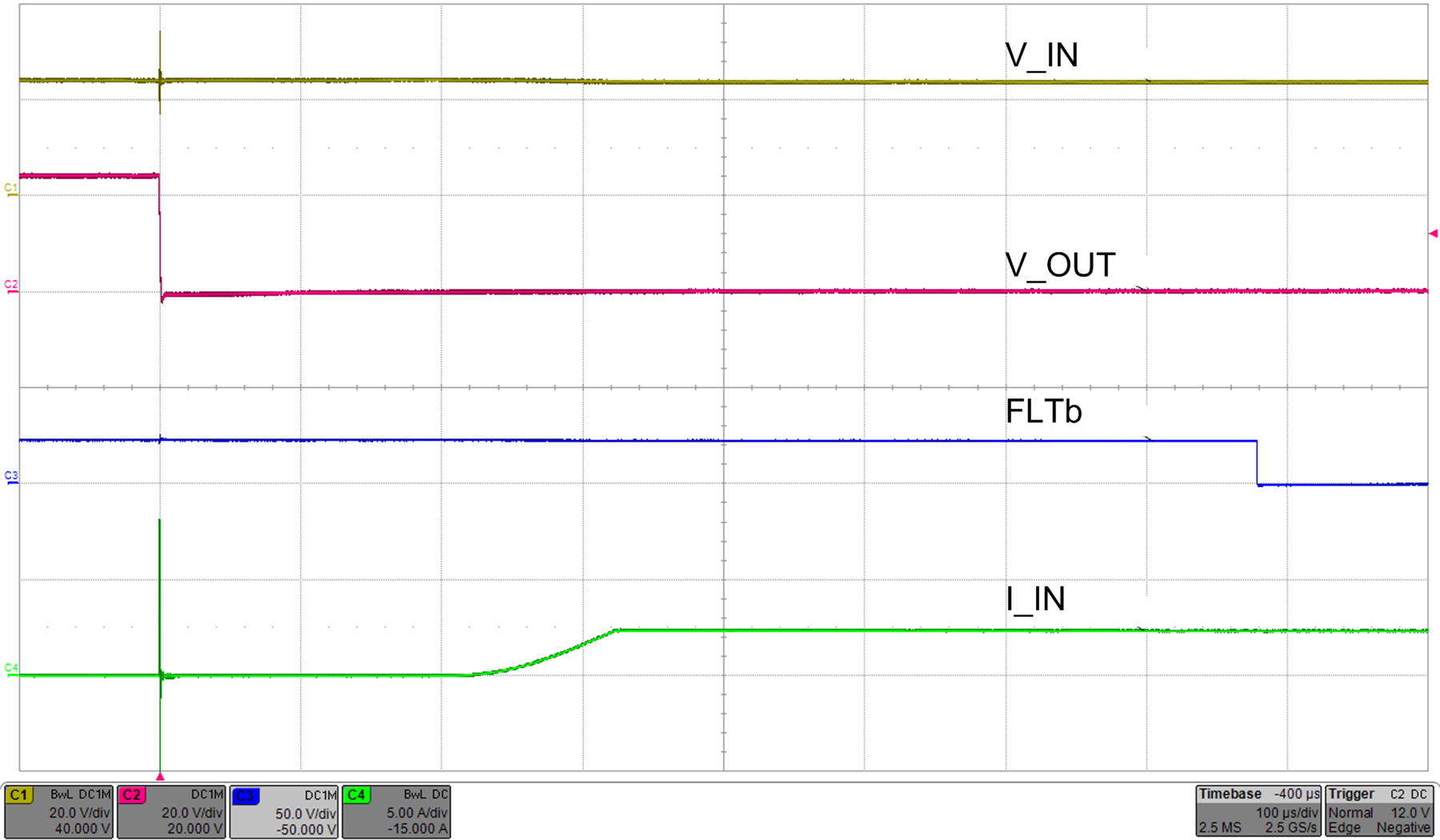
| RILIM = 5.36 kΩ | RFLTb = 100 kΩ |
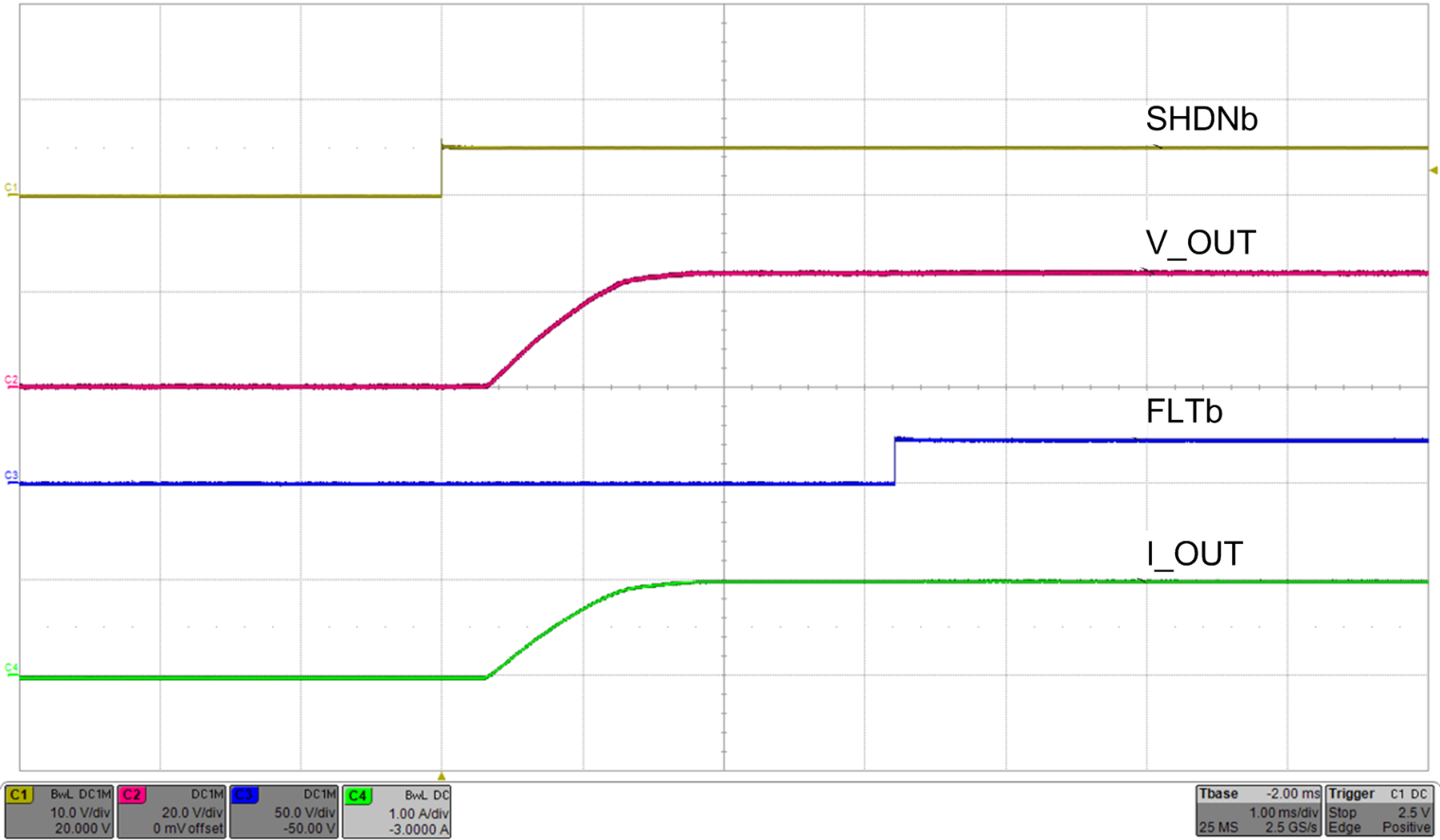
| RILIM = 5.36 kΩ | RFLTb = 100 kΩ | RLOAD = 24 Ω | |
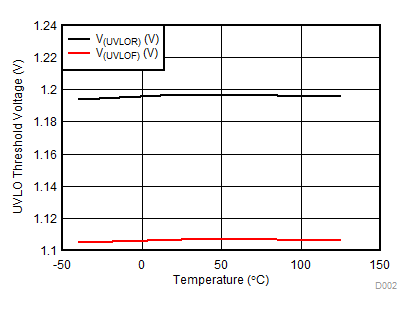
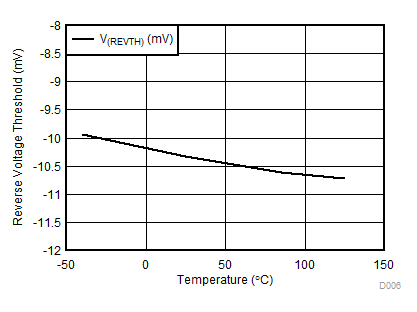
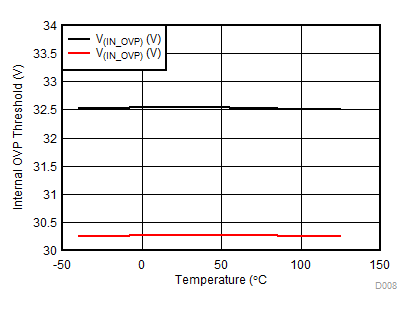
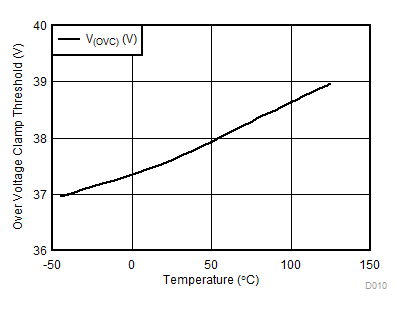
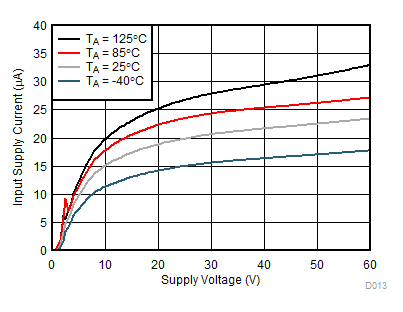
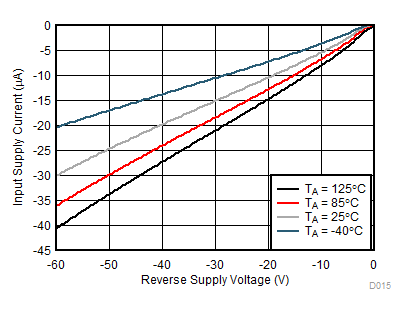
| V(OUT) = 0 V |
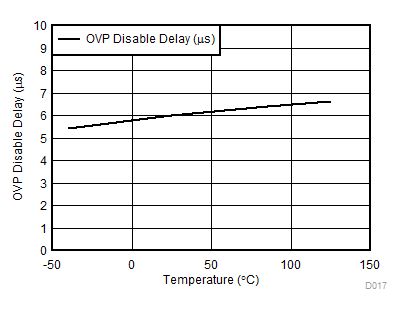
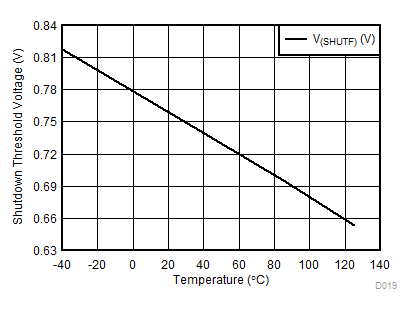
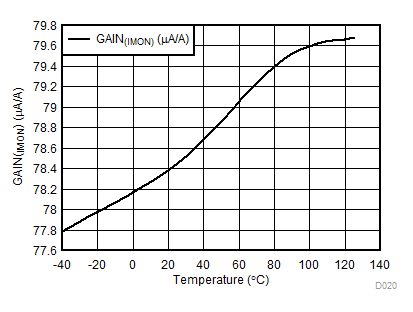
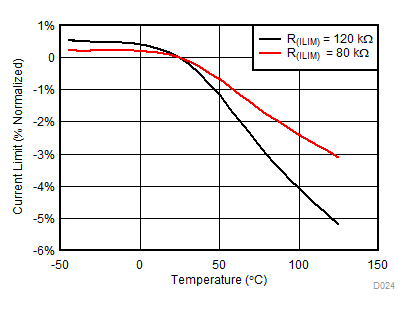
1.
Figure 20. Current Limit (% Normalized) vs Temperature 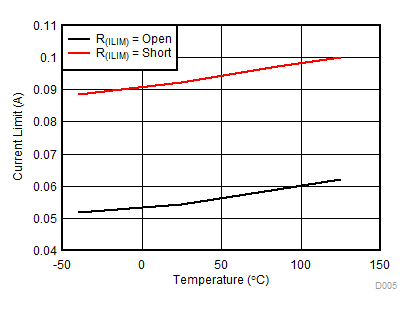
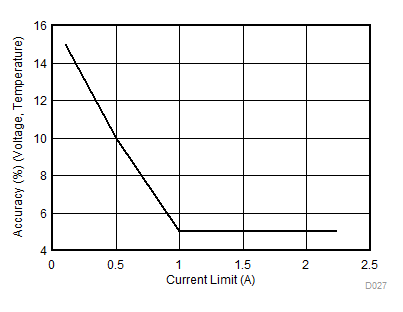
1.
Figure 24. Current Limit Accuracy vs Current Limit, I(OL) 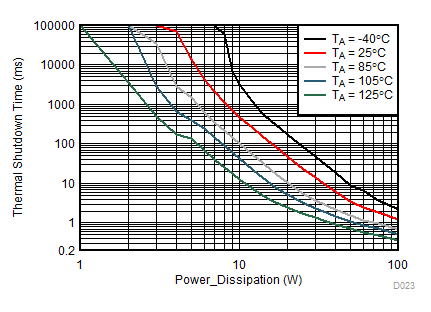
| Taken on 2-Layer board, 2 oz.(0.08-mm thick) with HTSSOP device with RTN plane area: 1 cm2 (Top) and 4.6 cm2 (Bottom) |
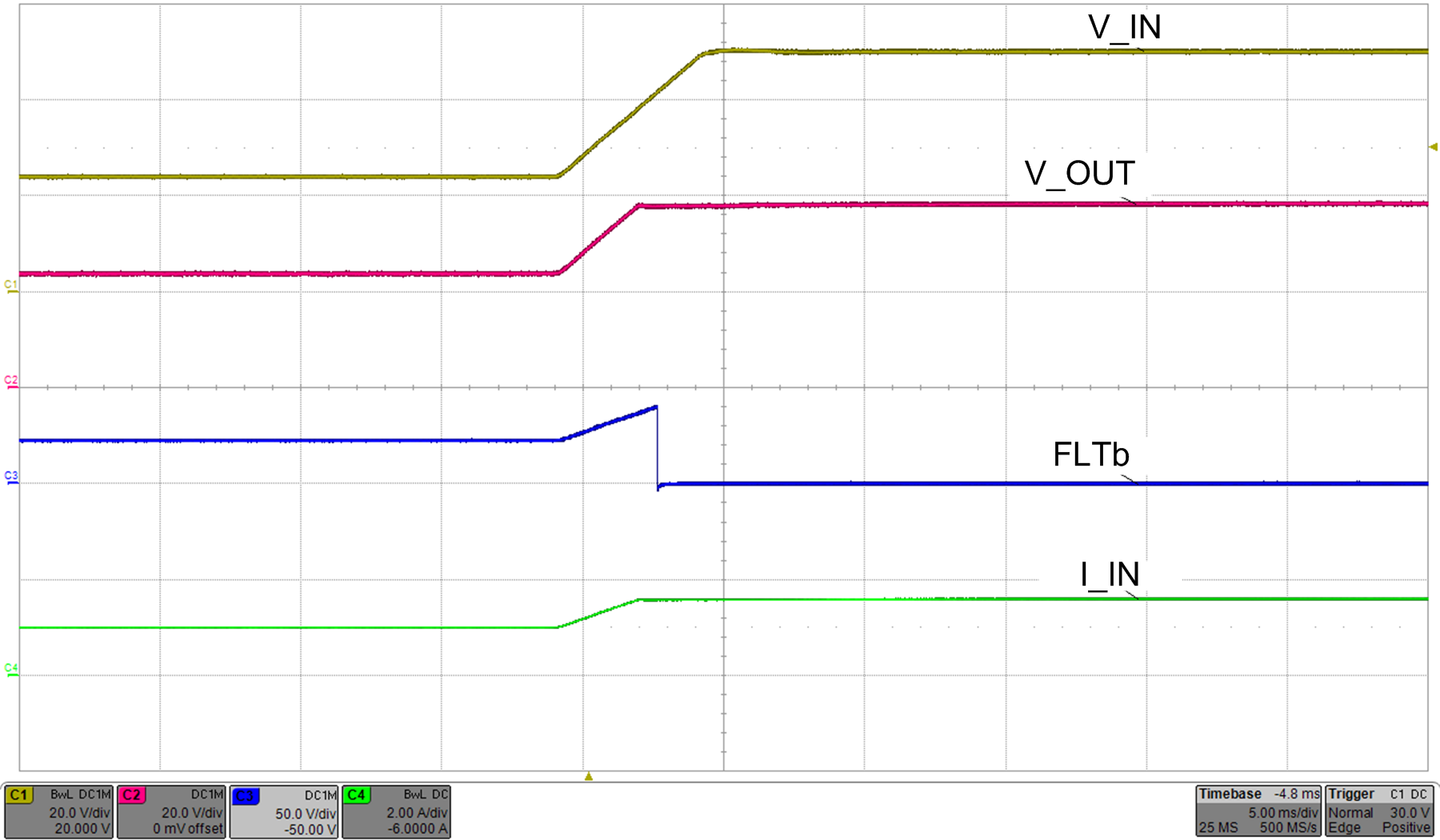
| RILIM = 5.36 kΩ | RFLTb = 100 kΩ | RLOAD = 24 Ω | |
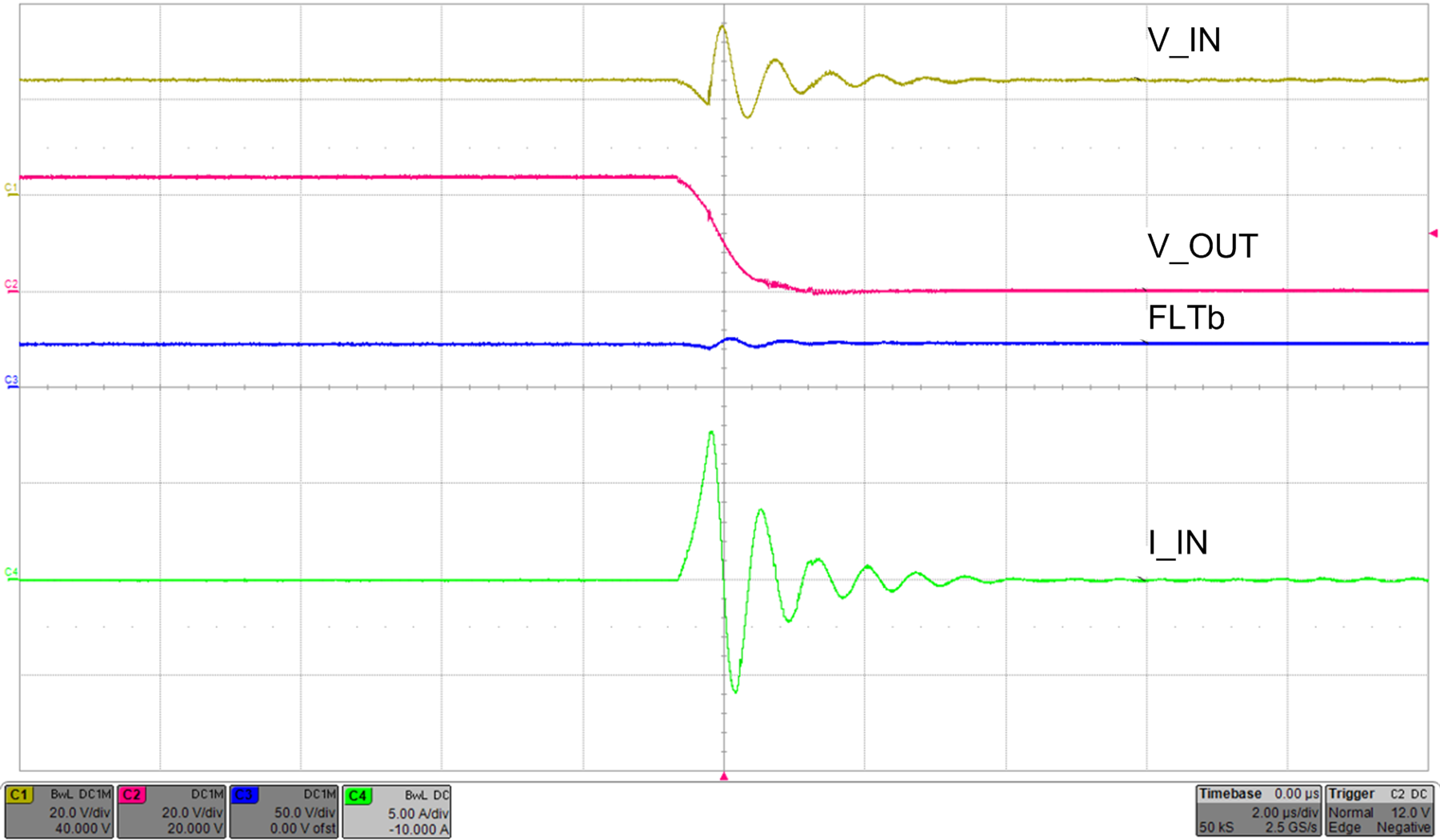
| RILIM = 5.36 kΩ |
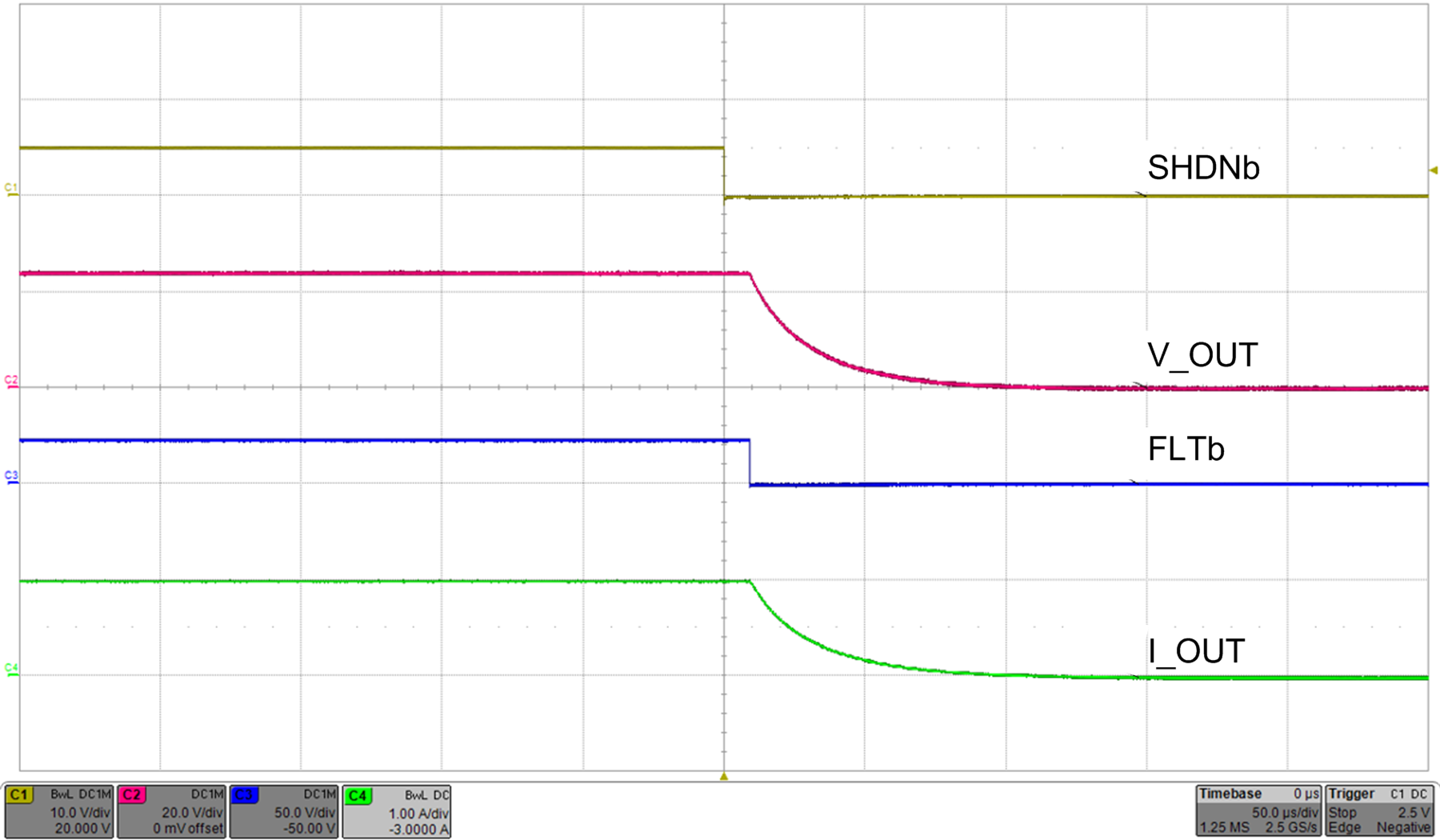
| RILIM = 5.36 kΩ | RFLTb = 100 kΩ | RLOAD = 24 Ω | |